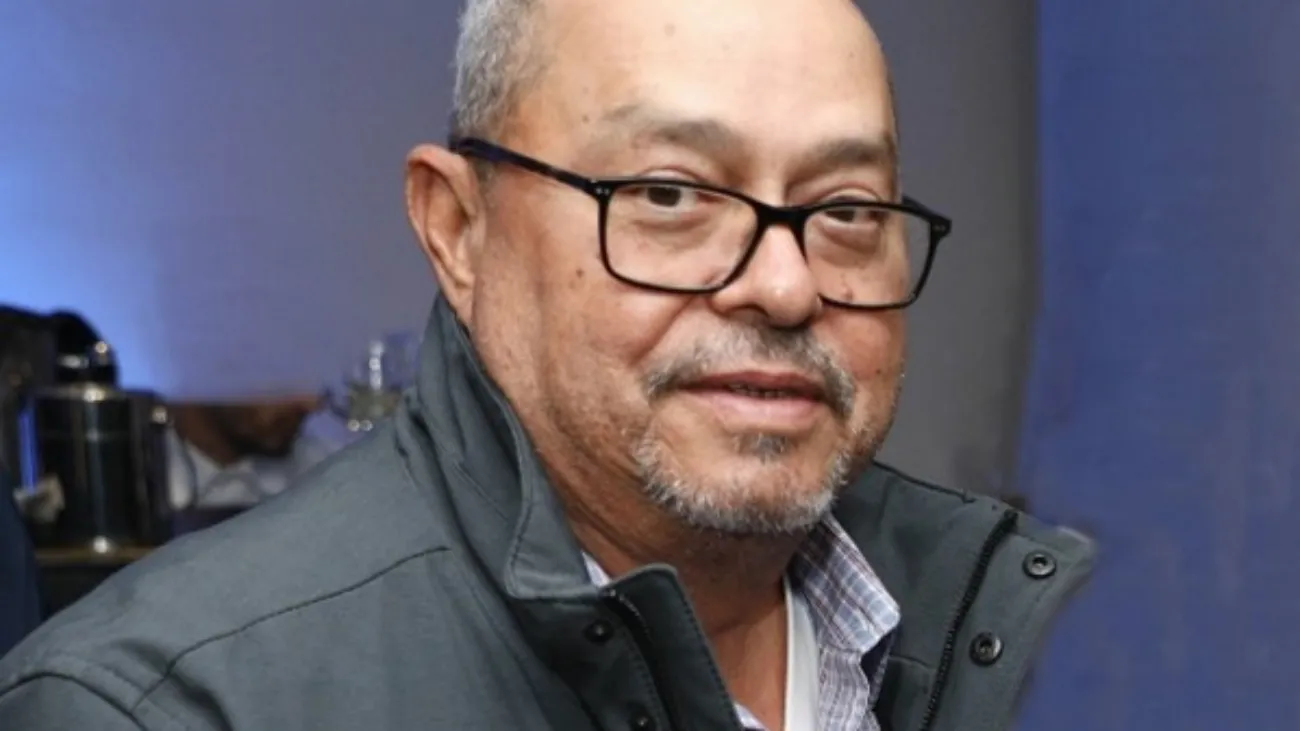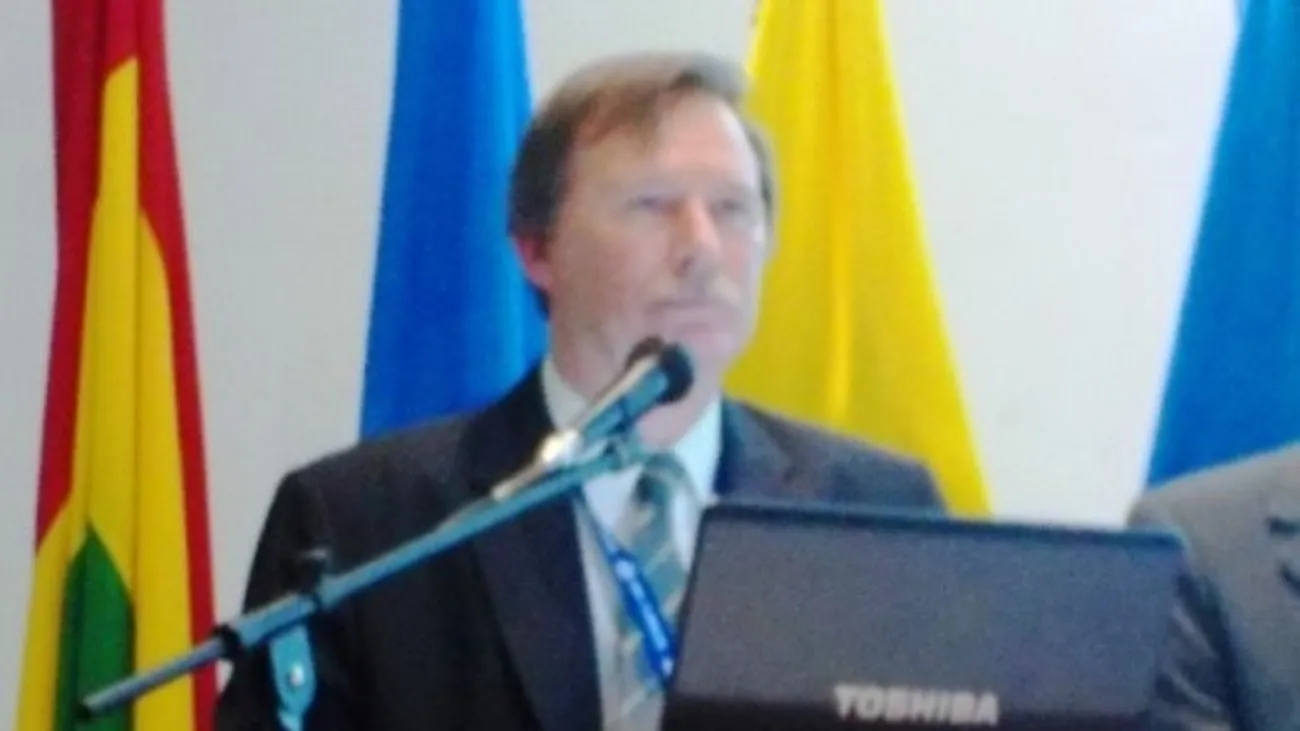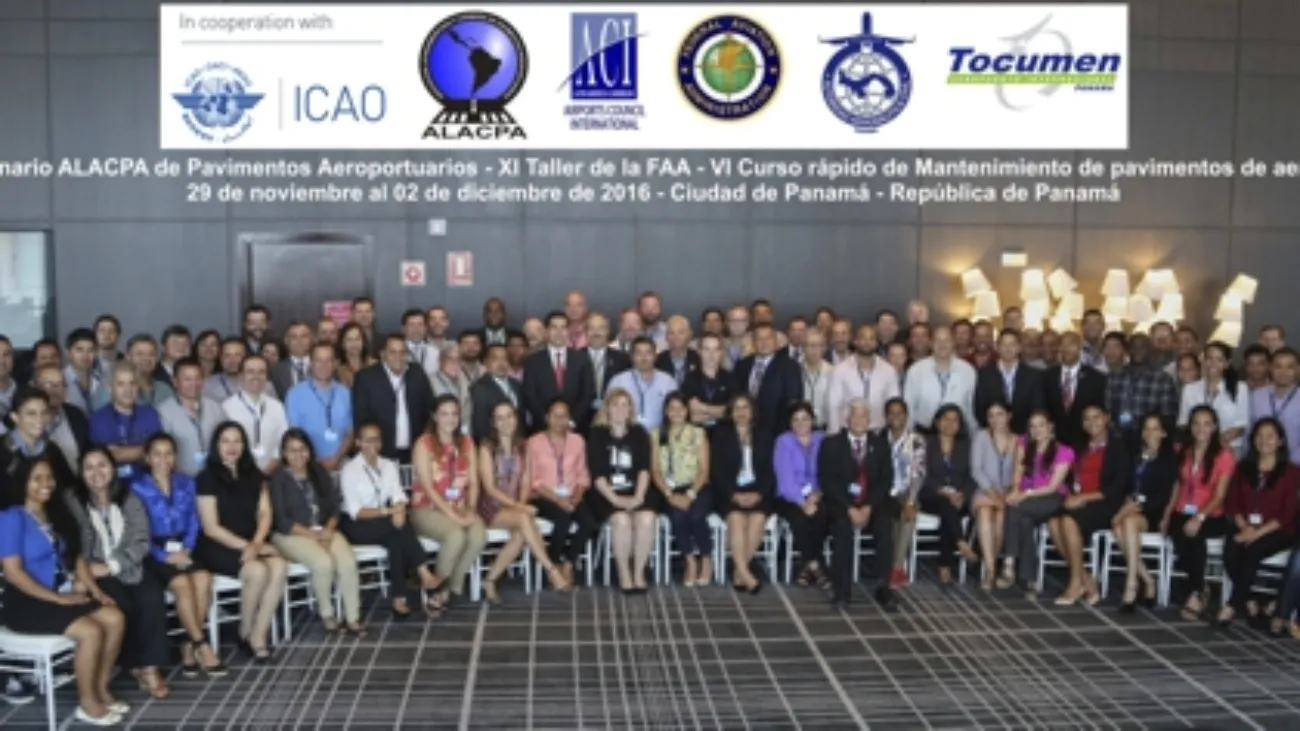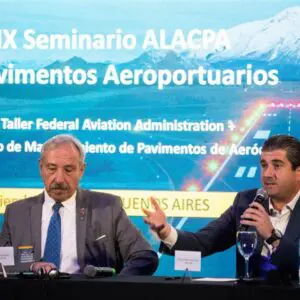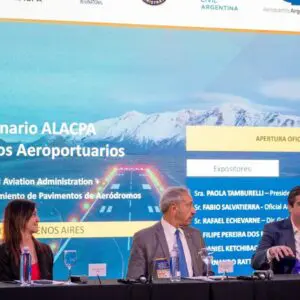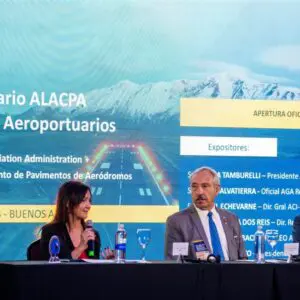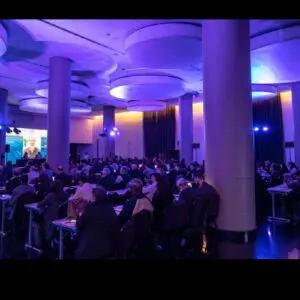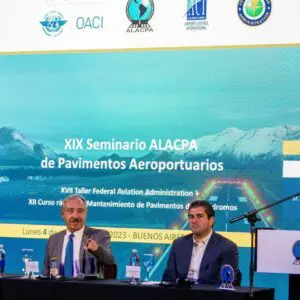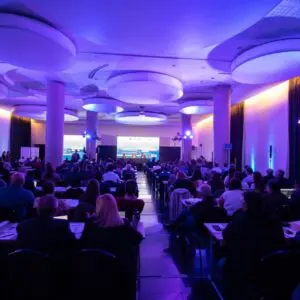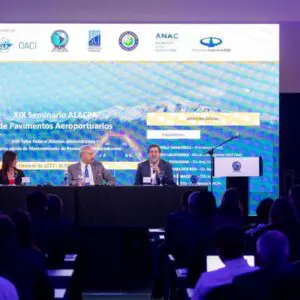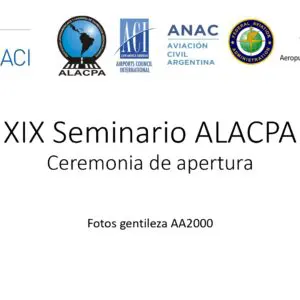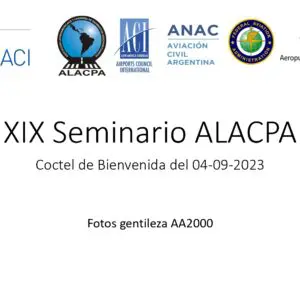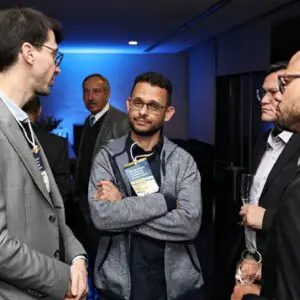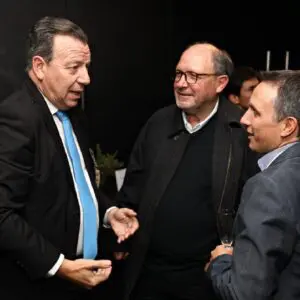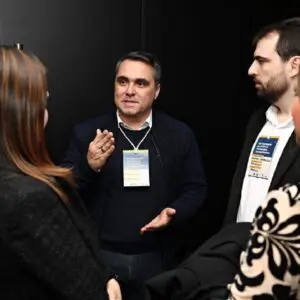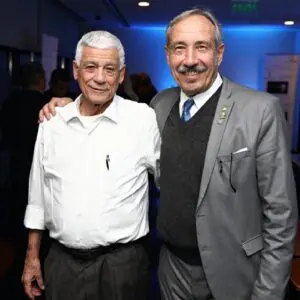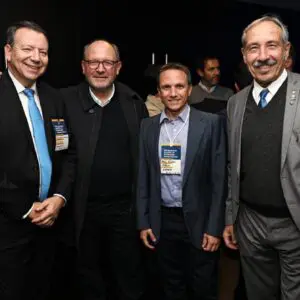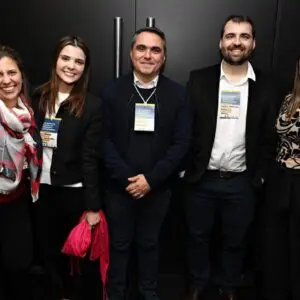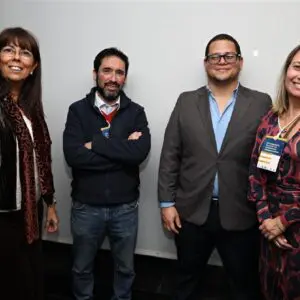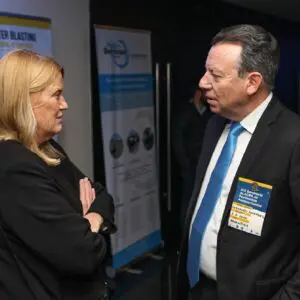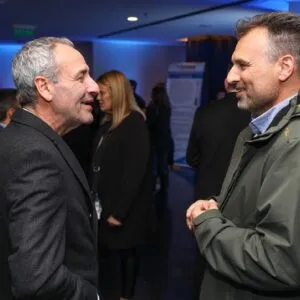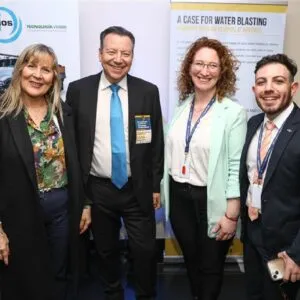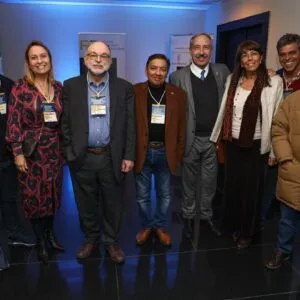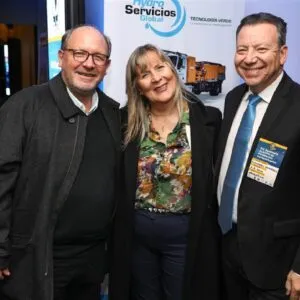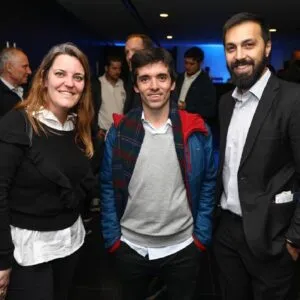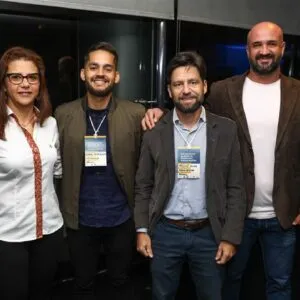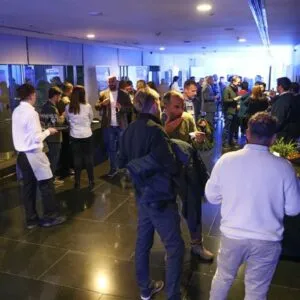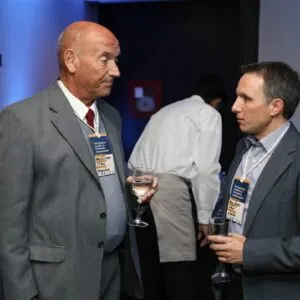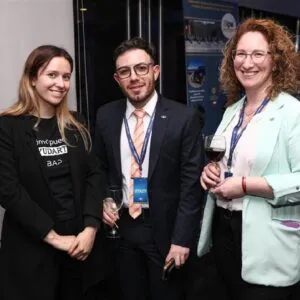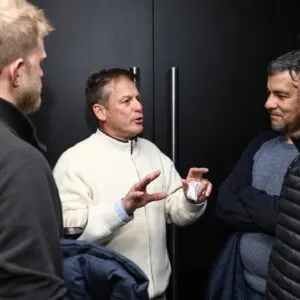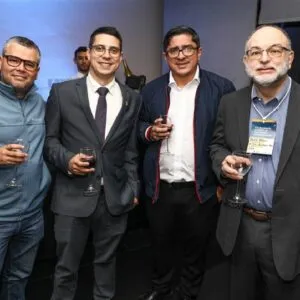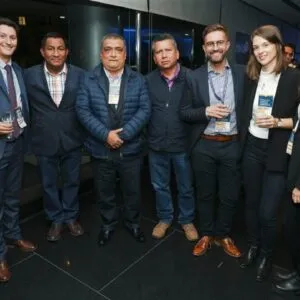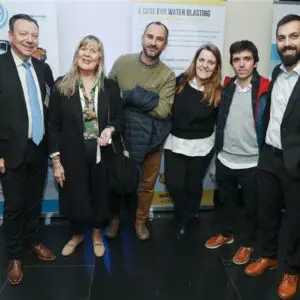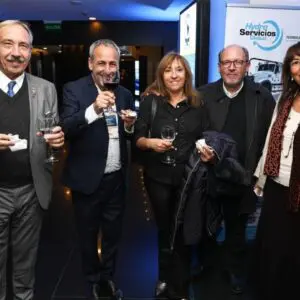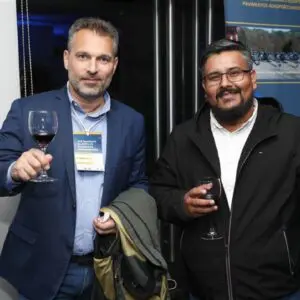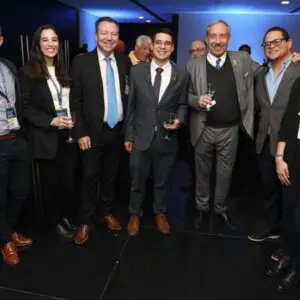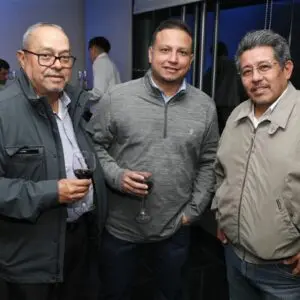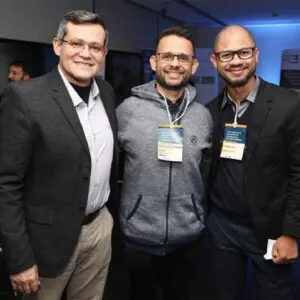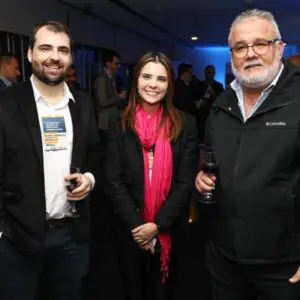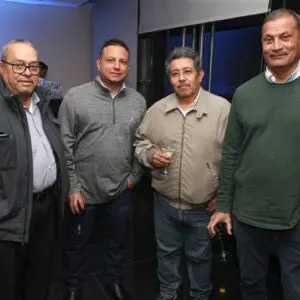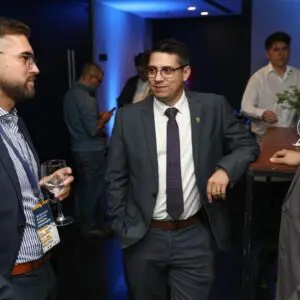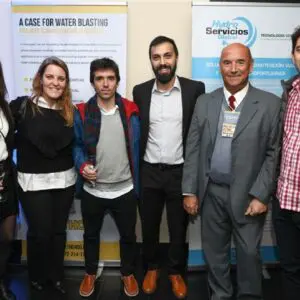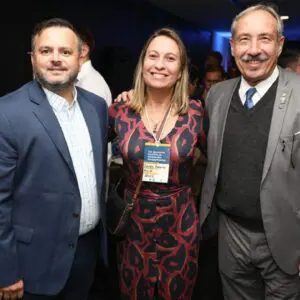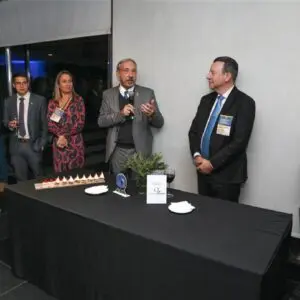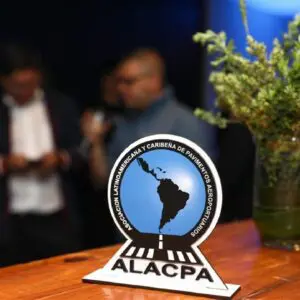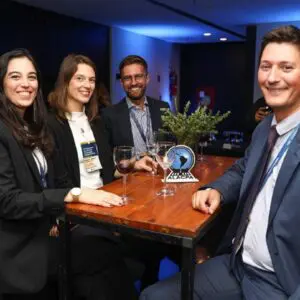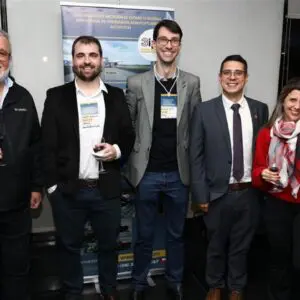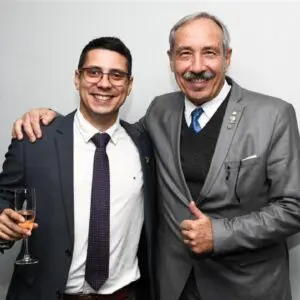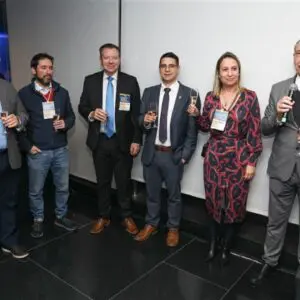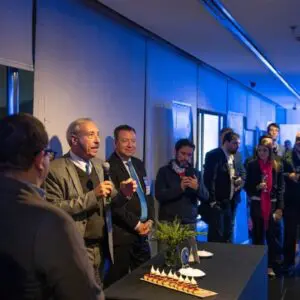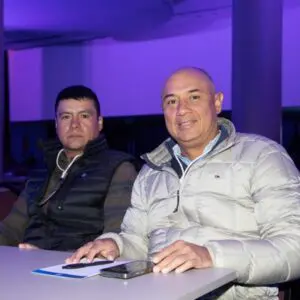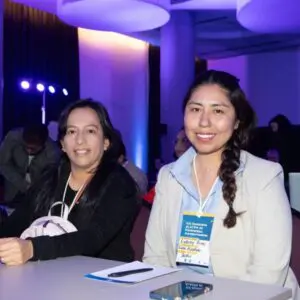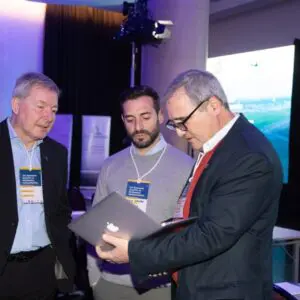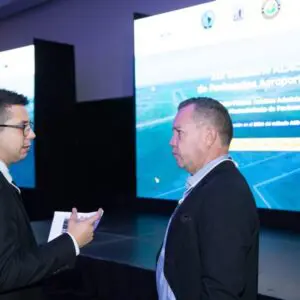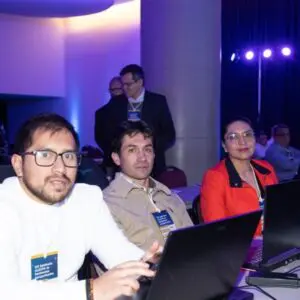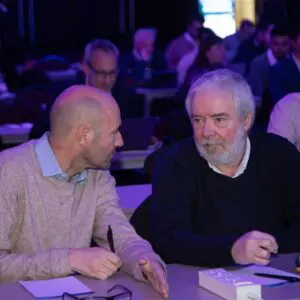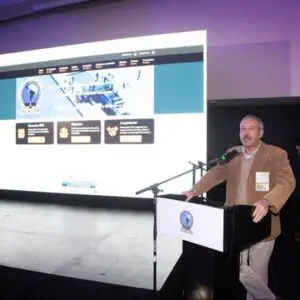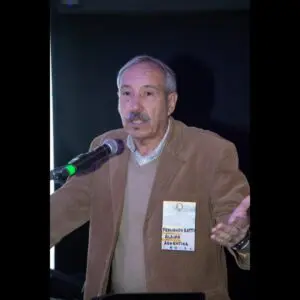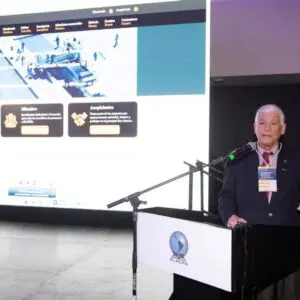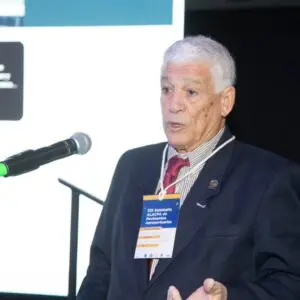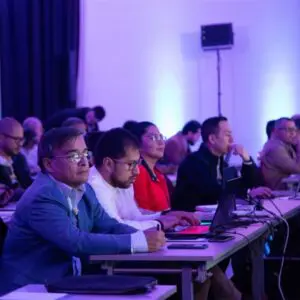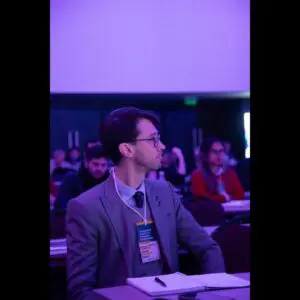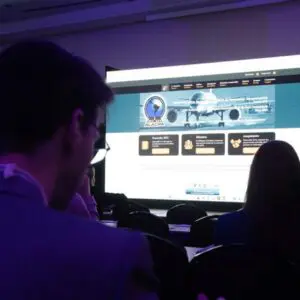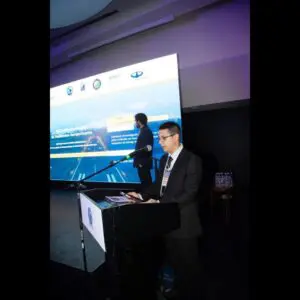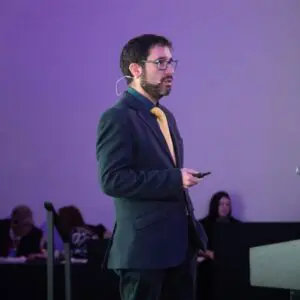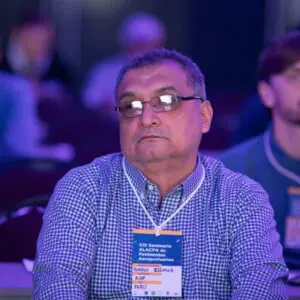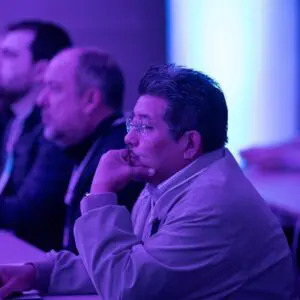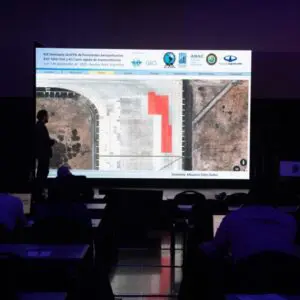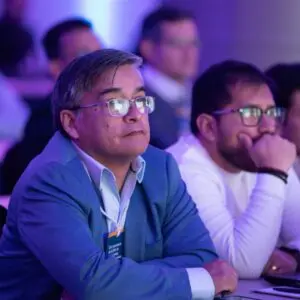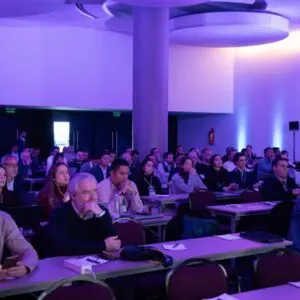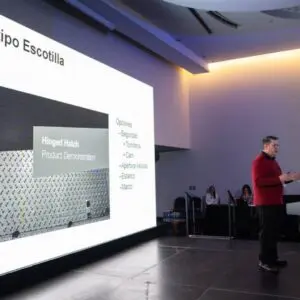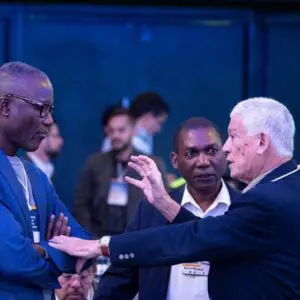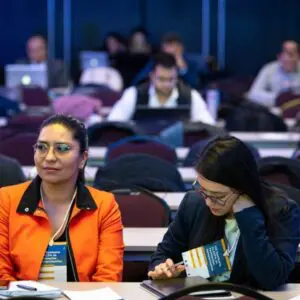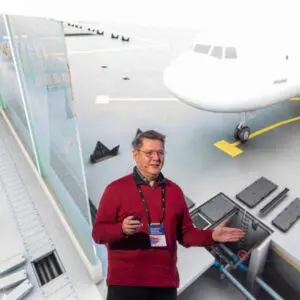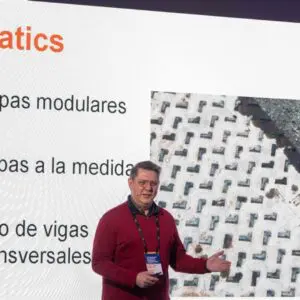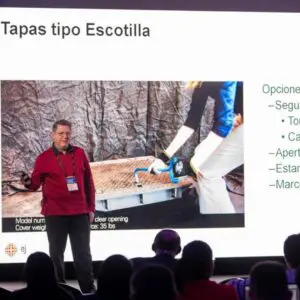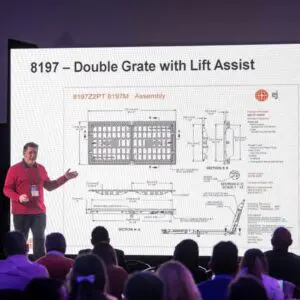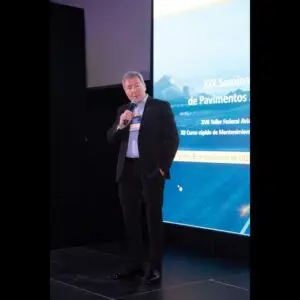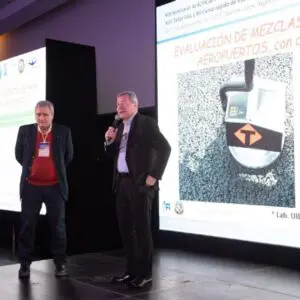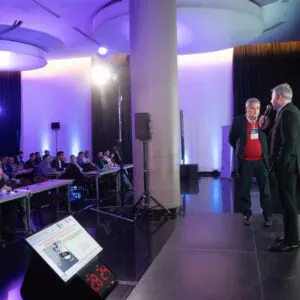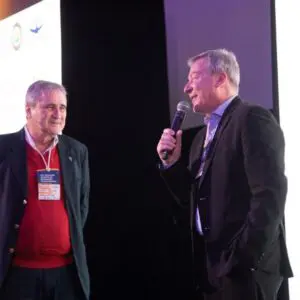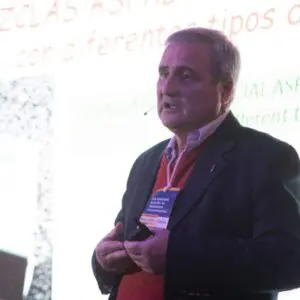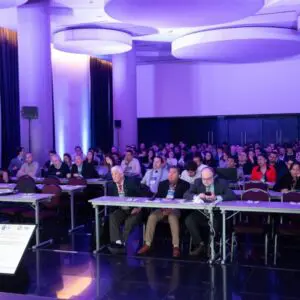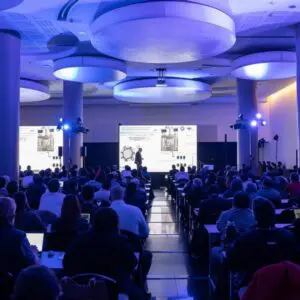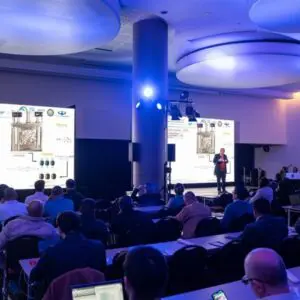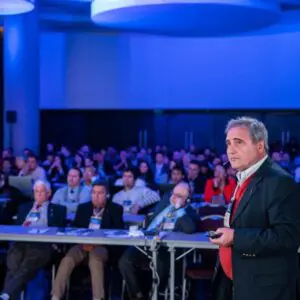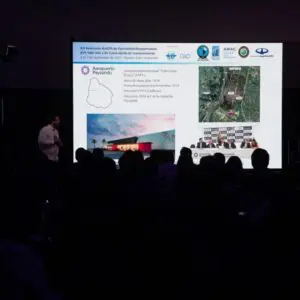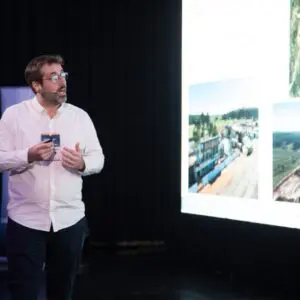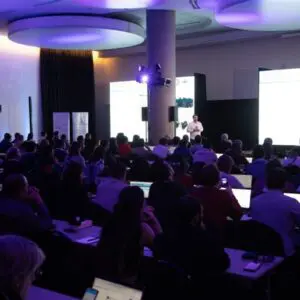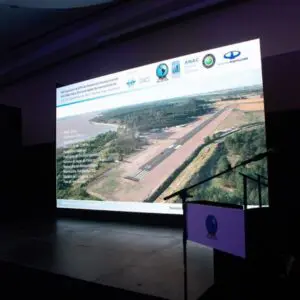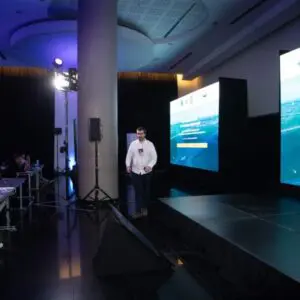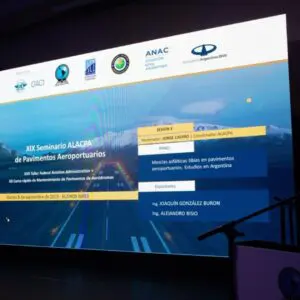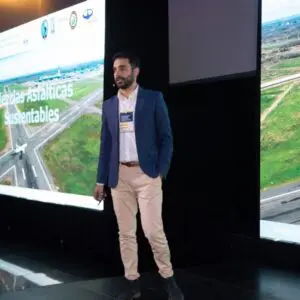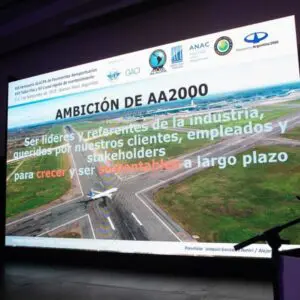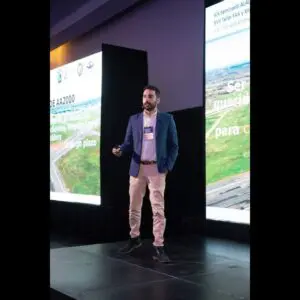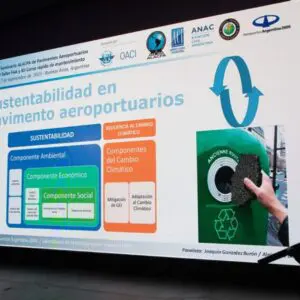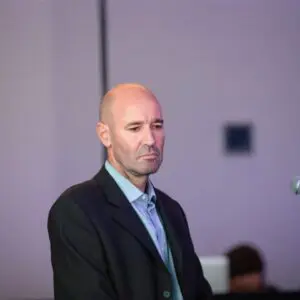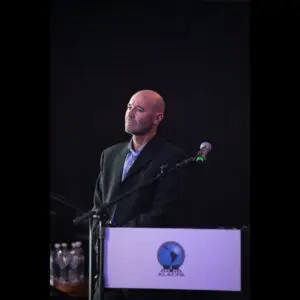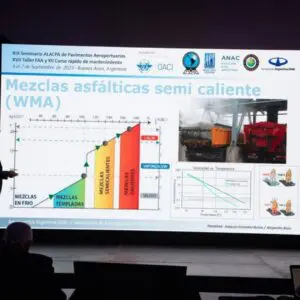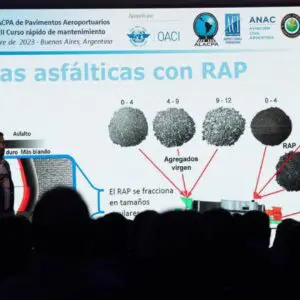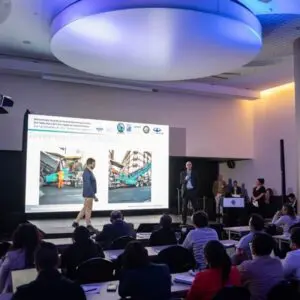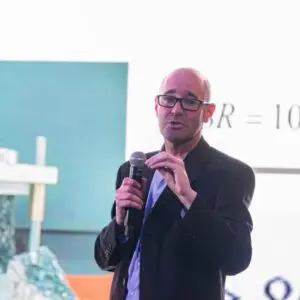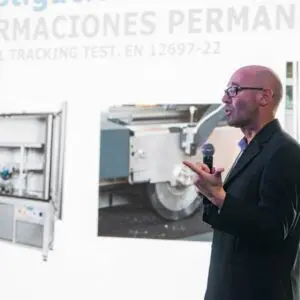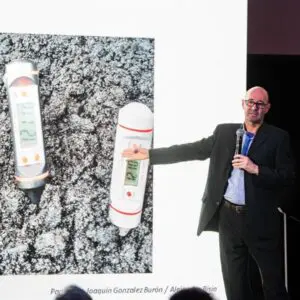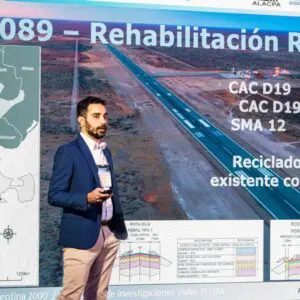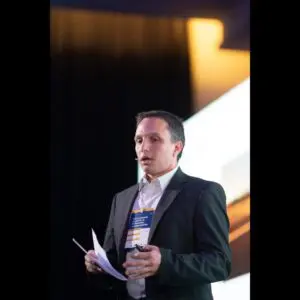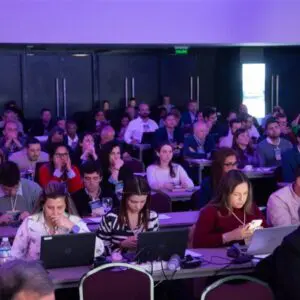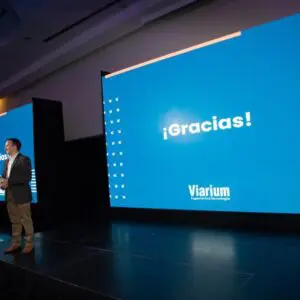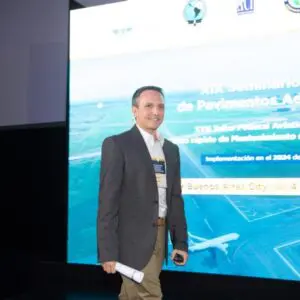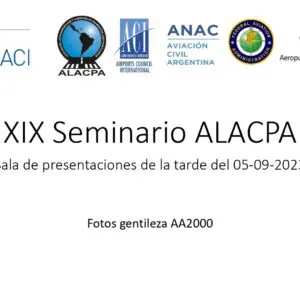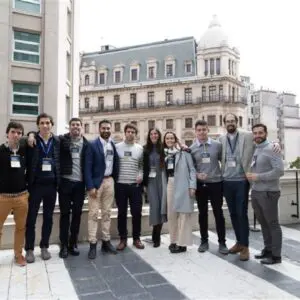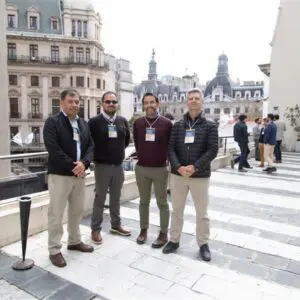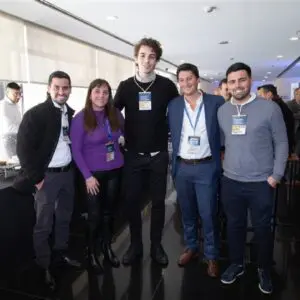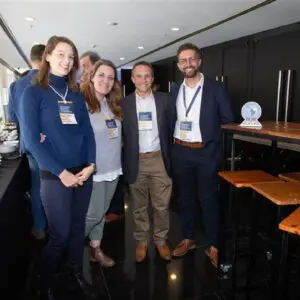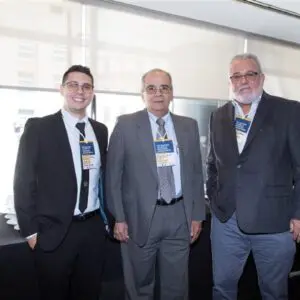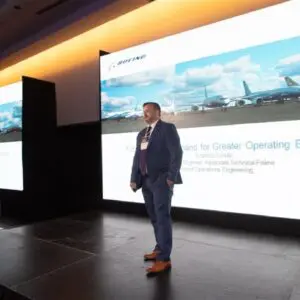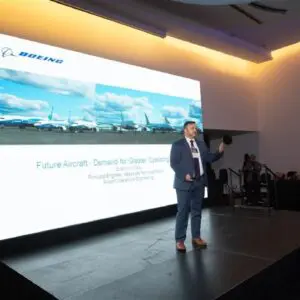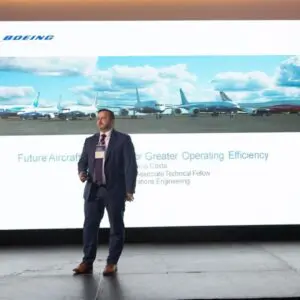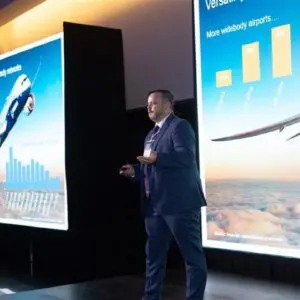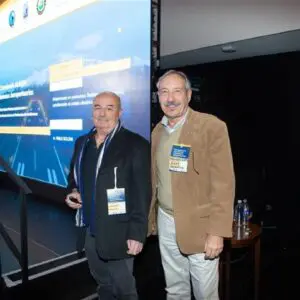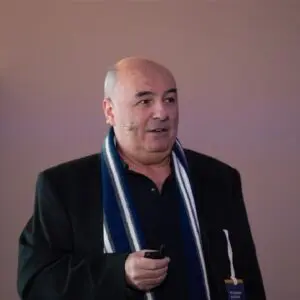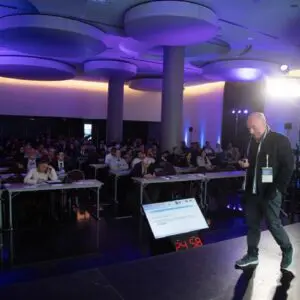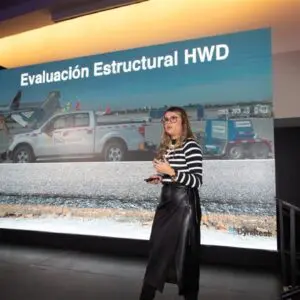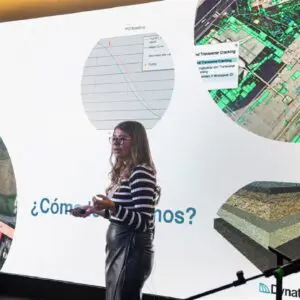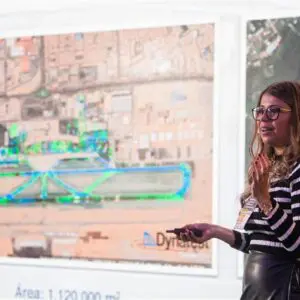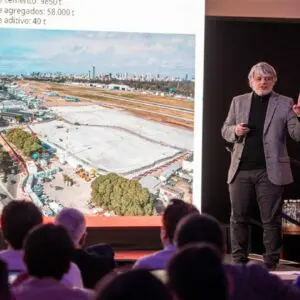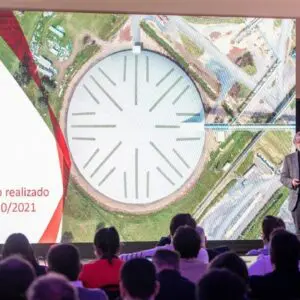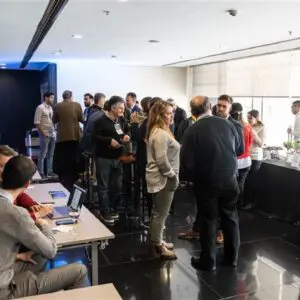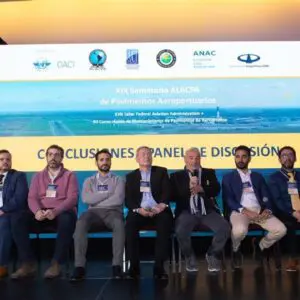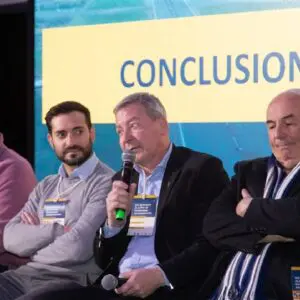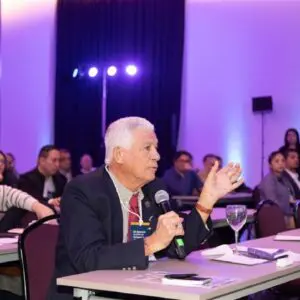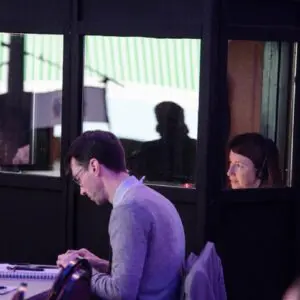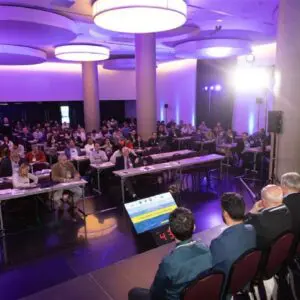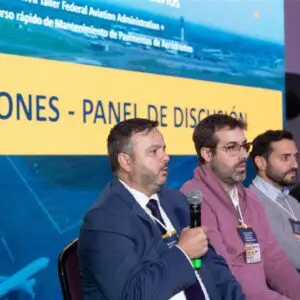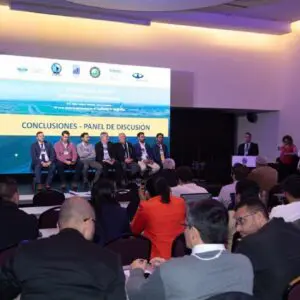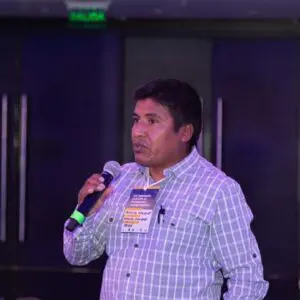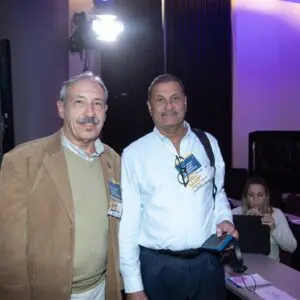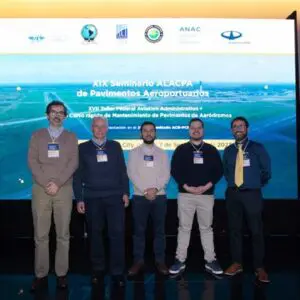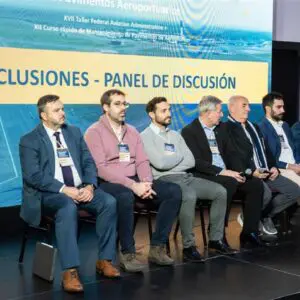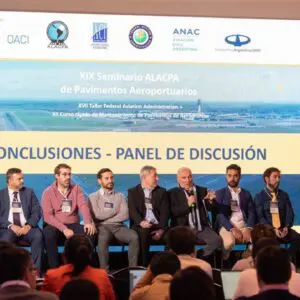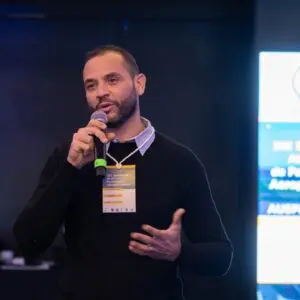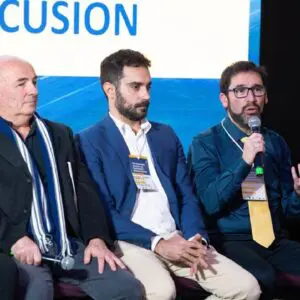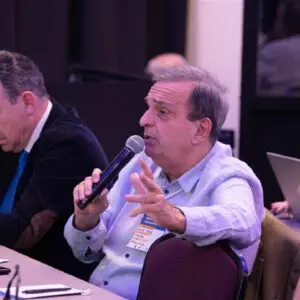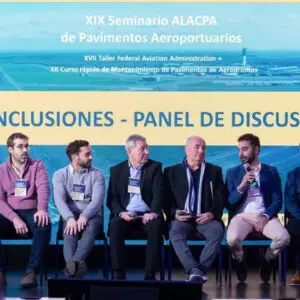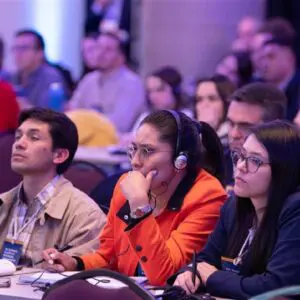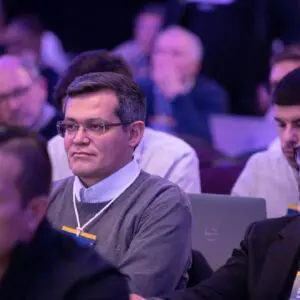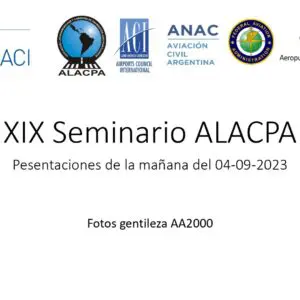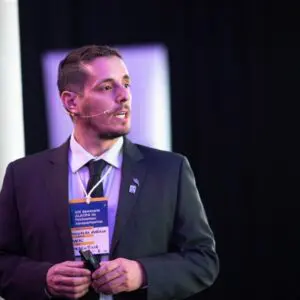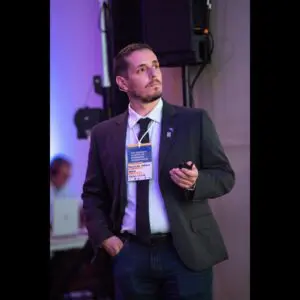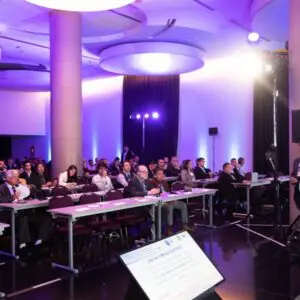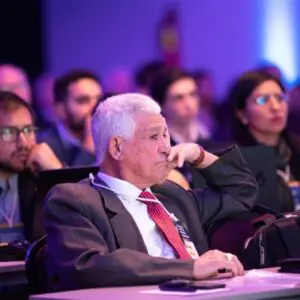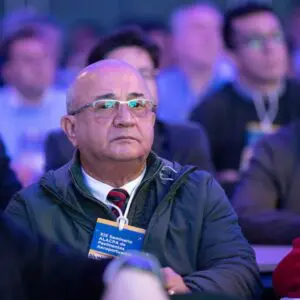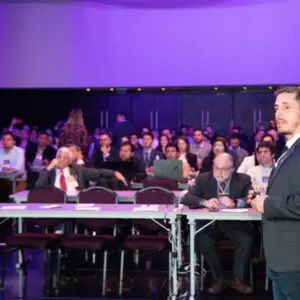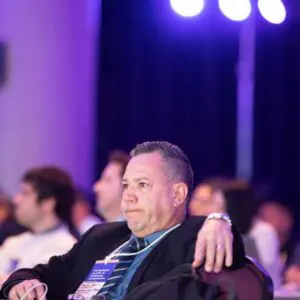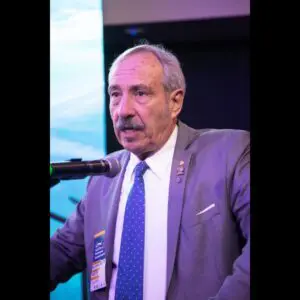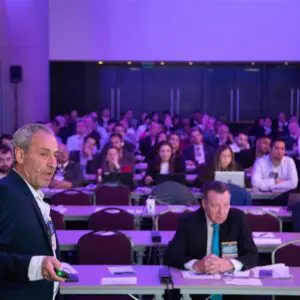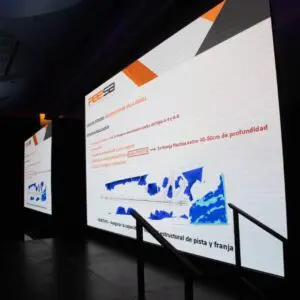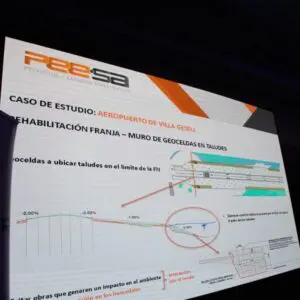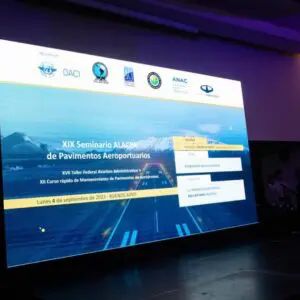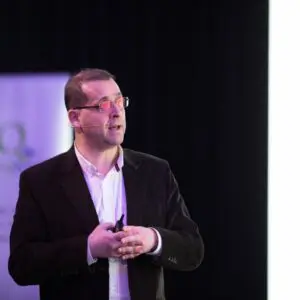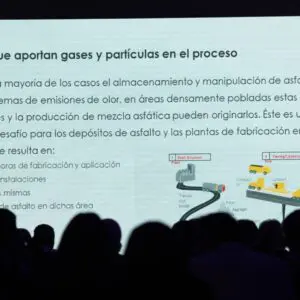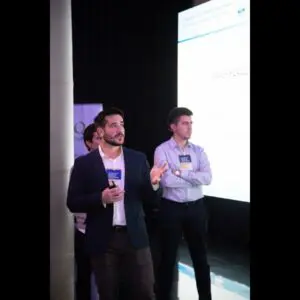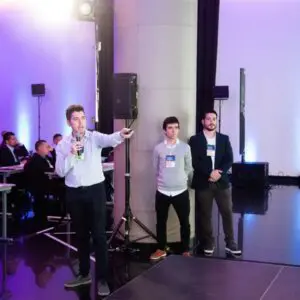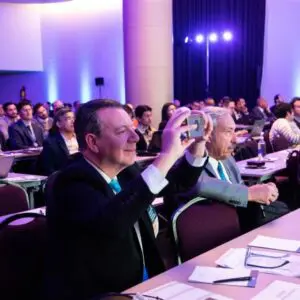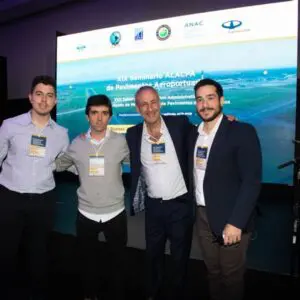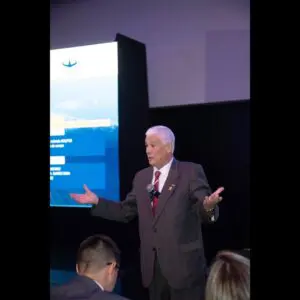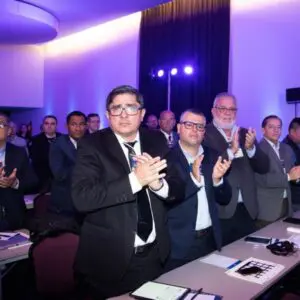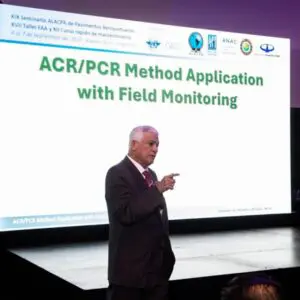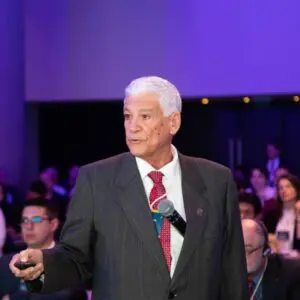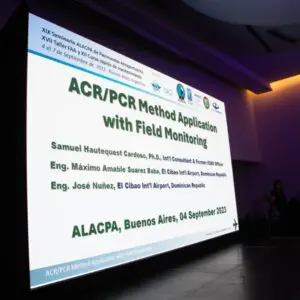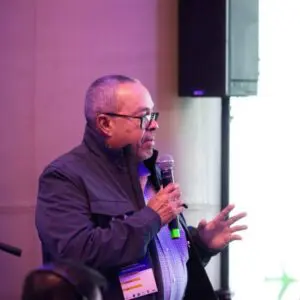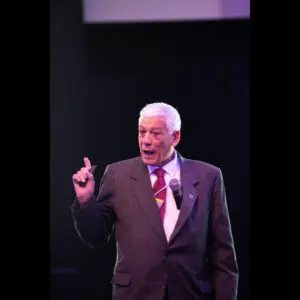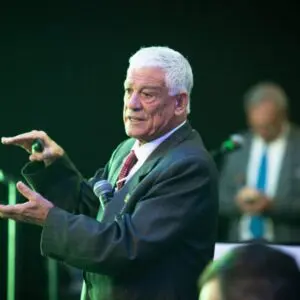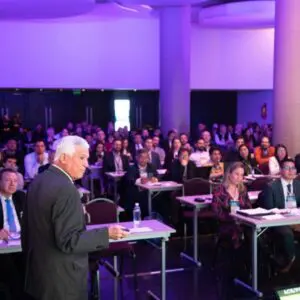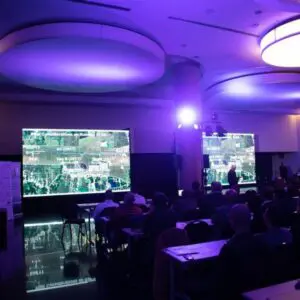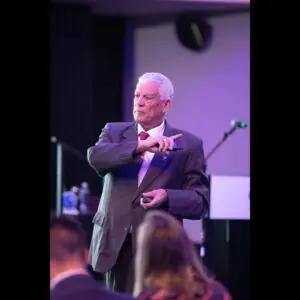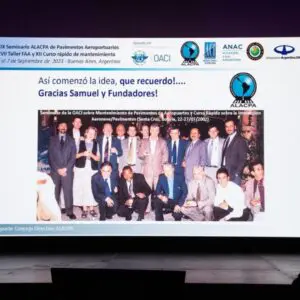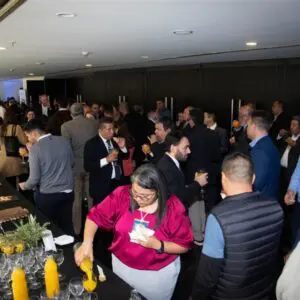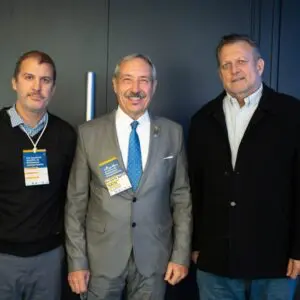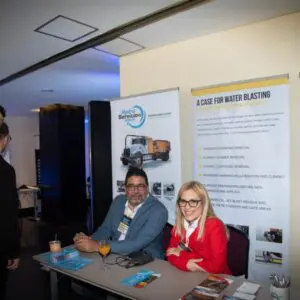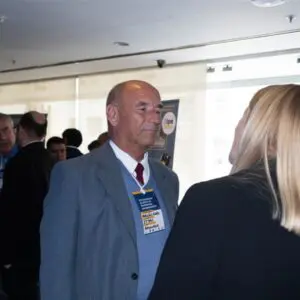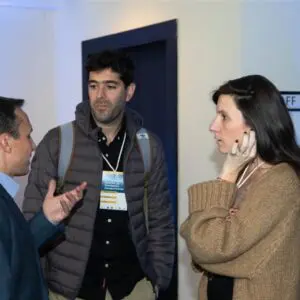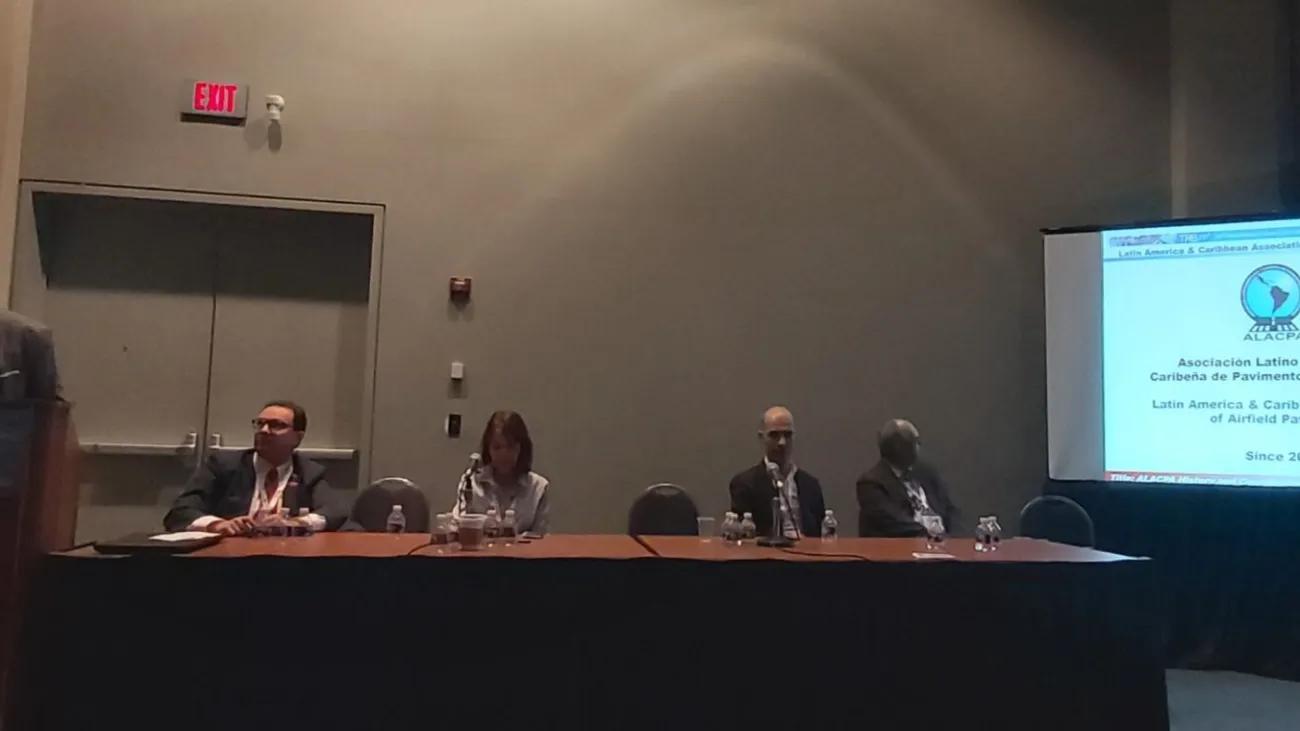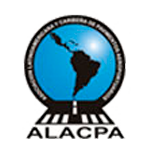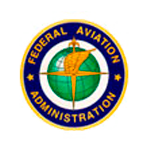Condolences to Eng. Máximo Suarez Baba
There are no words to express the premature loss of Engineer MÁXIMO AMADO SUÁREZ BABA.
He was one of the visionaries and builders of the Cibao International Airport in Santiago de los Caballeros, Dominican Republic. He served as the Engineering Manager of this airport, maintaining respectful leadership and guiding his peers with great balance and respect. Our engineering community has lost a man of integrity, with incomparable technical and human qualities, always available to share his knowledge in technical presentations and practical applications.
The Latin American and Caribbean Association of Airport Pavements (ALACPA) deeply regrets the passing of Eng. Máximo Suárez Baba, who was a distinguished founding member of our organization and a professional committed to the development of airport infrastructure in the region.
His departure leaves a void in our association and in the civil aviation industry. We will remember his passion, professionalism, and commitment to excellence. In this moment of sadness, we extend our most sincere condolences to his wife and children, as well as to his friends and all the staff at Cibao International Airport during this difficult time.
ALACPA BOARD OF DIRECTORS
Biography “José María Martínez Cal”
Profile of Engineer José María Martínez Cal, may he rest in peace. After completing his secondary education at the Naval Lyceum, which he held dearly, he pursued a degree in Civil Engineering and graduated from the University of Buenos Aires in 1982. He further complemented his education by completing the Specialization Course on “Airport Pavement Design” offered by the Federal Aviation Administration (USA) and attended various seminars on airport infrastructure.
Throughout his professional career, starting from his graduation, he was dedicated to airport infrastructure engineering, particularly in the aeronautical field. Initially, he worked within the Argentine Air Force, where he achieved the position of Deputy Head of the Runways Department at the General Directorate of Infrastructure and retired in 1997. Subsequently, he joined the concessionaire company Aeropuertos Argentina 2000 as the Head of the Infrastructure Area in the Operations Department. Later, he worked in the Projects Area of the Infrastructure Department until his retirement in 2001.
Following his time at Aeropuertos Argentina 2000, he worked at the consulting firm Oscar G. Grimaux y Asociados S.A.T. as the Head of Airport Infrastructure Projects until 2009. From that point until recently, he served at ANAC (National Civil Aviation Administration) as the Head of the Pavement Management Department.
Apart from his work in the field of airports, he maintained a keen interest in professional education in this area. He enthusiastically and dedicatedly taught at the Department of Transportation in the specialty of “Airports” from 2003 until recently, serving as an Assistant Professor from 2006 onwards. Additionally, he was a member of the Advisory Board of the Department, elected to represent his fellow teachers at the faculty.
In his final years, he held the position of Vice President of ALACPA (Latin American and Caribbean Association of Airport Pavements), where he was responsible for organizing the annual congresses held in different countries. This role involved continuous interaction with authorities and technical personnel from ICAO (International Civil Aviation Organization), FAA (Federal Aviation Administration of the USA), IATA (International Air Transport Association), Boeing Airplane Company, and Airbus Industries.
His technical integrity was complemented by a personal warmth that set him apart and made him an example of life for anyone who worked with him. He was characterized by his moderation, commitment, loyalty, and respect in all actions, along with an unwavering faith and inner joy that radiated peace. This same demeanor helped him and those who shared his last, very challenging year of life, until he left us on February 14th of last year at the young age of 61. He bid farewell with his classic intelligent smile, always ready to provide a solution with the kindness of someone who never forgets those in need—a smile that will be his symbol in our memories.
Advisory Board of the Department of Transportation
Faculty of Engineering
University of Buenos Aires
April 5, 2017
11 Reasons to Attend Our Annual Seminars
- Truth and nothing but the truth. The main reason to attend our seminar is clearly stated in all our literature – the seminar aims to provide a forum to present and discuss ideas, concepts, and results of studies and research related to airport pavements. Its primary goal is the exchange of experiences and knowledge, which will ultimately lead to safer airports in the region. Participants in this seminar will receive a certificate from ICAO (ICAO) that highlights the importance of our seminar for airport safety.
- Knowledge is power. As time goes by, airport managers and operators face the reality of having to do more with less. Our seminar provides tools and knowledge for airport managers and other professionals responsible for airport pavements to make better decisions. An example of this is the FAA workshop, which covers topics such as structural design of aerodrome pavement, PCN/ACN calculations, management systems, and considerations of roughness in aerodrome pavements. This year’s Workshop is one of the most comprehensive.
- Having data is good, but information is even better. Technology has advanced significantly in recent decades. More sophisticated equipment for collecting data on airport pavements is available. All this data provides support, but data and information are two different subjects. For example, taking the deviation of data – by themselves, they are of little value, but when analyzed to obtain structural capacity and residual life, they become much more effective tools. They can help in the decision-making process, in the development of optimal rehabilitation strategies, etc. These topics are discussed in our seminar, including structural evaluation, rehabilitation, maintenance, and construction of pavements.
- Lessons learned. Making mistakes is human, but not learning from them is simply lack of insight. With this in mind, the seminar includes a series of presentations on the experience of various ALACPA member countries, and the lessons they have learned from them, related to structural evaluation, maintenance, rehabilitation, and construction of pavements. In addition, we will see a practical field application experience in Guarulhos!
- If garbage goes in, garbage comes out. When it comes to airport pavement engineering, this saying unquestionably applies. Should we, for example, collect deviation or friction data with equipment that is not calibrated and make decisions based on that data? It doesn’t make sense; it’s a waste of money. For this reason, we are dedicating a full session in our seminar to discuss the creation of calibration centers in the ALACPA region to ensure that high-quality data is being collected and, therefore, have the knowledge to make truly informed decisions.
- Look, up in the sky… It’s a bird, it’s a superman, no, it’s an aircraft weighing over 1,000,000 pounds. Technological advances for aircraft continue to progress, and airports continuously face aircraft weighing over a million pounds, which are often challenging to handle. Is it important/different when it comes to airport pavements? The answer is definitely yes. Why do you think the FAA introduced the new FAARFIELD design procedure? The answer is that the Boeing 777 could not be maneuvered with existing procedures. Taking this point into consideration, our seminar includes a series of presentations aiming to elucidate the impact of new aircraft on existing airports. The development of an improved PCN methodology, FAA’s FAARFIELD and COMFAA software, as well as an overview of Boeing and Airbus high-pressure tire testing programs, are just a few examples.
- Don’t worry, be happy. Our seminar provides an excellent opportunity to enjoy quality time with colleagues who experience the same challenges we encounter in our daily activities, but in a relaxed environment away from everyday pressures. While much can be learned from the scheduled presentations, the seminar offers an excellent opportunity to share and exchange war stories with your airport colleagues and learn useful matters from those exchanges.
- Network, network, network. In the real estate industry, the key is location, location, location. In our field, things often boil down to who we know. Our seminar offers an excellent opportunity to network with people who share our challenges and pitfalls in the day-to-day of our activities. Need to know something about hot mix asphalt (HMA)? Oh, I’ll call Mr. X Y from the airport in country Z, whom I met at the seminar and seems to know a lot about HMA mixes. What about roughness assessments on airport pavements? Of course, I remember Mrs. A from Consultant B in country C.
- Red, red, red. In the industry, the base is location, location, location. In our field, things often boil down to who we know. Our seminar offers an excellent opportunity to network with people who share our challenges and pitfalls in the day-to-day of our activities. Need to know something about hot mix asphalt (HMA)? Oh, I’ll call Mr. X Y from the airport in country Z, whom I met at the seminar and seems to know a lot about HMA mixes. What about roughness assessments on airport pavements? Of course, I remember Mrs. A from Consultant B in country C.
- Danger! If you’re not careful, you might end up being a member of the ALACPA steering committee or a friend of the committee. If you care about our region, the ALACPA region, you can make a big difference. Is there a reason why ALACPA region airports can’t be the best in the world? Really, it’s a matter of people like us, and we hope everyone decides to achieve that goal. Come on, as a group, let’s shoot for the stars and have the best airports in the world, where the best doesn’t mean the biggest, but the safest and most efficient.
- A true INVESTMENT! Participating personally should be considered an investment and not an expense, as the results obtained will potentially mean much more than the effort made.
Transportation Research Board 99th Annual Meeting 2020
ALACPA was present at the ‘Transportation Research Board 99th Annual Meeting 2020’ held in Washington DC from January 12 to 16. Our president, Fernando Ratto, represented us, and we were able to promote our association and initiate potential agreements for mutual collaboration with AV070 – Standing Committee on Aircraft/Airport Compatibility, a historic event for our association.
TRB 2020 / Lectern Sessions & Events / 1201 – International Aviation: A look at Airfield Research and Projects Worldwide

